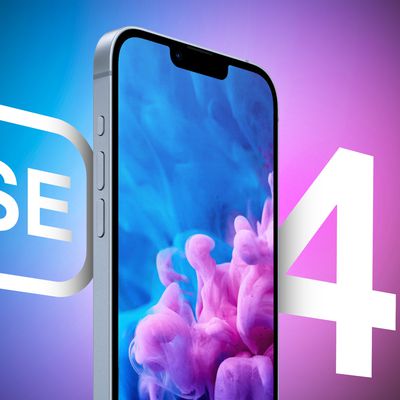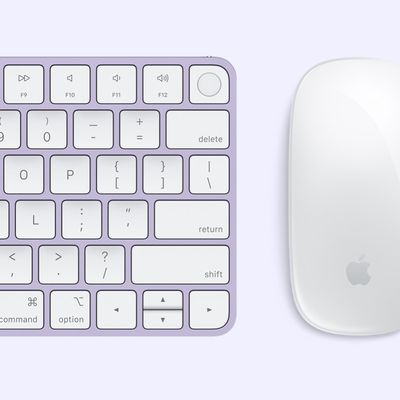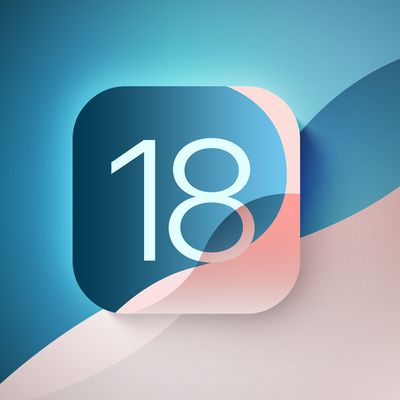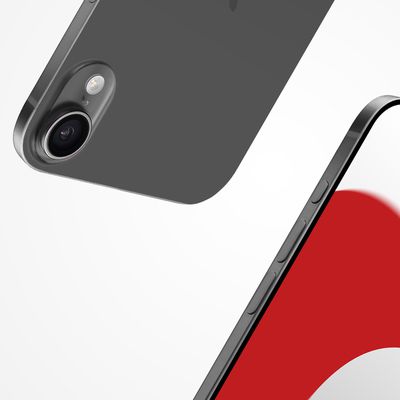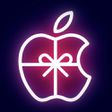OS X 10.7.3 Beta Reveals Active Work on 'Retina' Display Support for Mac
Several times earlier this year, we covered Apple's work on "HiDPI" modes in OS X Lion for supporting ultra high-resolution displays offering greater pixel density with a similar increase in image quality to that seen with the iPhone's transition to a "Retina" display.
With new claims that Apple is set to release a new 15" MacBook Pro offering a resolution of 2880x1800 early next year, Apple's work on its HiDPI software support has also been gaining renewed attention. By doubling the resolution in each dimension over the existing 1440x900 MacBook Pro, Apple would achieve four times the number of pixels and provide developers with an easy way to scale existing artwork.
Evidence of Apple's continued work on HiDPI has shown up in developer builds of OS X 10.7.3, with the "Get Info" window for applications seeing the addition of an "Open in HIDPI mode" checkbox. But while that checkbox would presumably automatically use higher-resolution fonts and graphics that would display at the same absolute size as existing elements, it has not been functional in developer builds where it is present.
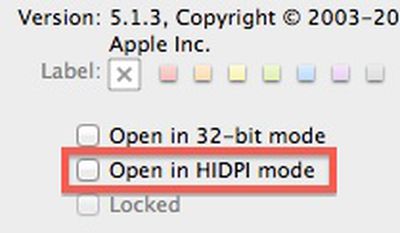
With yesterday's release of Build 11D36 to developers, Apple has now removed that checkbox from the "Get Info" window entirely. While its removal may suggest a step backward in Apple's implementation of HiDPI support, it is routine for Apple to activate and deactivate portions of features as it works on them. Consequently, the mere change in the checkbox's visibility in the new build indicates that Apple is indeed likely actively working on the feature.
Popular Stories
Barclays analyst Tom O'Malley and his colleagues recently traveled to Asia to meet with various electronics manufacturers and suppliers. In a research note this week, outlining key takeaways from the trip, the analysts said they have "confirmed" that a fourth-generation iPhone SE with an Apple-designed 5G modem is slated to launch towards the end of the first quarter next year. In line with previo...
Apple released the AirTag in April 2021, so it is now three over and a half years old. While the AirTag has not received any hardware updates since then, a new version of the item tracking accessory is rumored to be in development.
Below, we recap rumors about a second-generation AirTag.
Timing
Apple is aiming to release a new AirTag in mid-2025, according to Bloomberg's Mark Gurman....
While the Logitech MX Master 3 is a terrific mouse for the Mac, reports claiming that Apple CEO Tim Cook prefers that mouse over the Magic Mouse are false.
The Wall Street Journal last month published an interview with Cook, in which he said he uses every Apple product every day. Soon after, The Verge's Wes Davis attempted to replicate using every Apple product in a single day. During that...
Apple today released iOS 18.1.1 and iPadOS 18.1.1, minor updates to the iOS 18 and iPadOS 18 operating systems that debuted earlier in September. iOS 18.1.1 and iPadOS 18.1.1 come three weeks after the launch of iOS 18.1.
The new software can be downloaded on eligible iPhones and iPads over-the-air by going to Settings > General > Software Update. Apple has also released iOS 17.7.2 for...
AT&T has begun displaying "Turbo" in the iPhone carrier label for customers subscribed to its premium network prioritization service, according to reports on Reddit. The new indicator seems to have started appearing after users updated to iOS 18.1.1, but that could be just coincidence.
Image credit: Reddit user No_Highlight7476
The Turbo feature provides enhanced network performance through ...
In a research note with Hong Kong-based investment bank Haitong today, obtained by MacRumors, Apple analyst Jeff Pu said he agrees with a recent rumor claiming that the so-called "iPhone 17 Air" will be around 6mm thick.
"We agreed with the recent chatter of an 6mm thickness ultra-slim design of the iPhone 17 Slim model," he wrote.
If that measurement proves to be accurate, there would be ...
The iOS 18.1.1, iPadOS 18.1.1, and macOS Sequoia 15.1.1 updates that Apple released today address JavaScriptCore and WebKit vulnerabilities that Apple says have been actively exploited on some devices.
With the JavaScriptCore vulnerability, processing maliciously crafted web content could lead to arbitrary code execution. The WebKit vulnerability had the same issue with maliciously crafted...



